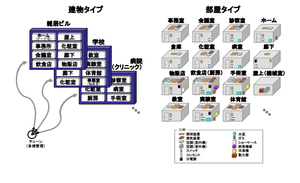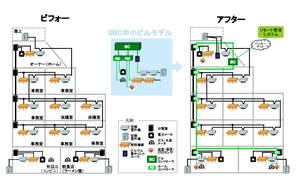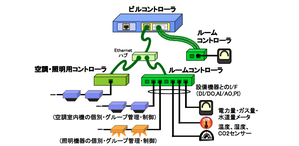Zero Energy Building not soon, but coming
As a country that doesn’t have fossil energy source, Japan has kept saving energy as much as possible. Various policy measures prompted Japanese companies to implement innovative technologies such seen in Toyota’s hybrid car Prius. You can see a typical combined heat and power unit widely sold in Japan can produce more than three times larger heat for a unit of energy input. In industry area, “Integrated Gasification Combined Cycle”, high efficiency coal-based generation equipment, which is used in recent fire power plant overseas, is a proof of continuous energy saving efforts.
In coming decades, “Zero Energy Building” (ZEB) where consumed energy and produced energy maintain equilibrium will be added as a symbolic establishment of Japanese less energy activities.
Japanese government’s Ministry of Economy, Trade and Industry is planning to realize ZEB by 2030. It held series of study meeting on ZEB from May 2009 to November 2009 gathering specialists from relevant industries. In the final report of the study meeting, I found an interesting chart to illustrate measures to realize ZEB. Following is the chart. Since the original one is made in Japanese, I added English translation on the bottom.
PDF file is here.
The report said that using today’s available measures could reduce 80% of energy consumption and 20% of the rest could be filled by PV generation on the roof or on the wall. In most buildings, this is possible to happen around 2025.
Similar effort by Japanese government is activity of “Smarter Building Consortium” (SBC) to set international standard for intelligent energy saving of small and medium sized buildings. SBC already published the final report after half a year’s study. In the report, they presented a draft version of data, functionality and inter-connectivity standard. There are some communications between US standardization body of buildings which doesn’t have a set of standard for small and medium sized buildings and Japan’s METI. Following are charts from the report. Thought they are made in Japanese, readers may understand rough concept of the content. These modules are assumed to be connected to smart grid.
Source: "Final Report, Promotion for Save Energy Equipment Deployment 2010 - For wider deployment of energy saving in small and medium sized buildings -" Smarter Building Consortium(平成21年度省エネルギー設備導入促進指導事業成果報告書 ~広く省エネが中小ビルへ展開されるために~ 省エネビル推進標準化コンソーシアム)



